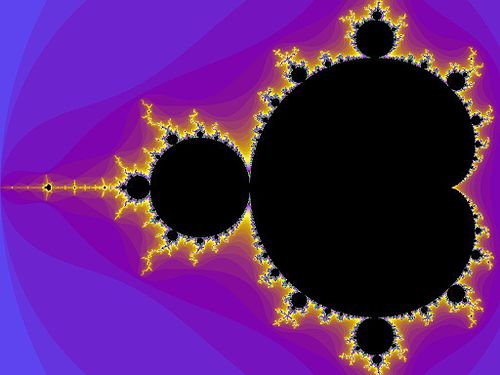The Enigma Qube, Merging an Enigma Machine and a Rubik’s Cube
An Enigma Machine combined with a Rubik's Cube makes an encryption device with unprecedented power.
Contents
Rubik's Cube
I have made several posts recently about various cubes, including the Rubik's Cube.

Enigma Machine
In 2015, MathWorks' Matt Brauer and several of his colleagues created a MATLAB simulator of the Enigma Machine -- the World War II German encryption device. See this video of a talk by Seth Popinchalk at a MathWorks company meeting.
Code for the simulator is available at the MATLAB Central File Exchange. Here is the simulator keyboard.

Here is a complete Enigma machine in a museum.

Image credit: Alessandro Nassiri - Museo della Scienza e della Tecnologia.
Enigma Qube
I am in the process of combining the Enigma and Rubiks simulators into a single interconnected device -- the Enigma Qube. The Enigma Cube will be an encryption machine that is more powerful than any other device I am aware of.
Keyboard
The Enigma keyboard generates Rubiks rotations from a modification of Singmaster's alphabet -- F, M, R, T, E, D, F, A, B.


Rotors
The Enigma rotors are synchronized with Rubiks rotations about the x-axis.


Plugboard
And, the Enigma plugboard will be replaced by connections through the interior of the Rubiks cube. This inner network changes with each Rubiks movement.


Power
The dimension of the state spaces of the Enigma machine and the Rubiks cube are each about 10^20, so a single Enigma Cube will have roughly 10^40 degrees of freedom. This is comparable with today's number-theoretic encryption algorithms. However, the Enigma Cube technology is not threatened by the quantum algorithms that cloud the future of the other modern schemes.
- Category:
- Cryptography,
- Fun,
- Simulation









Comments
To leave a comment, please click here to sign in to your MathWorks Account or create a new one.